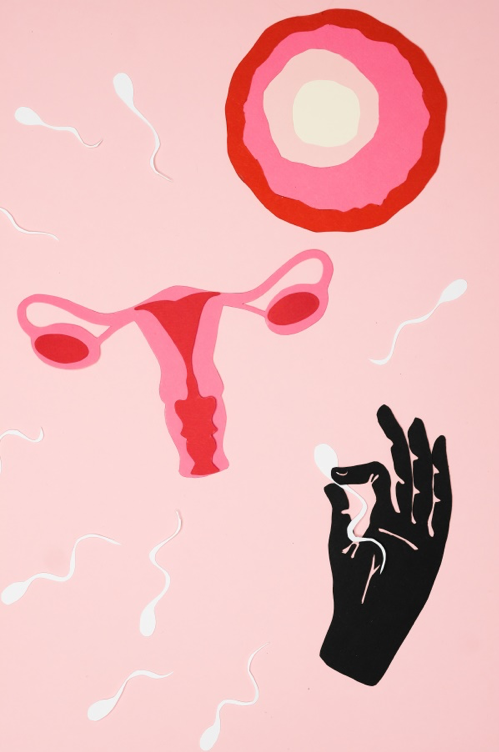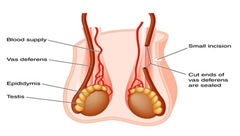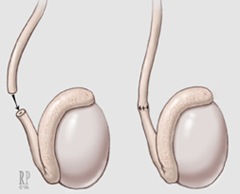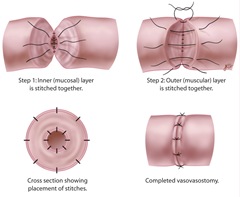How is sperm produced? The reproductive system of men is particularly designed for storing, transporting, and producing sperm. Dissimilar to female genitalia, male reproductive organs are present on pelvic cavities’ exterior and interior parts. These include:
- The testicles
- The penis
- Accessory glands, including the prostate gland and seminal vesicles
- The vas deferens and epididymis
Where Does Sperm Production Happen?
The production of sperm takes place in the testes. Once men reach puberty, they create sperm cells in the millions each day. These cells measure around 0.002 in.
How Does Sperm Production Happen?
The testicle consists of a system with loads of small tubes known as seminiferous tubules. These tubes contain germ cells that testosterone and other hormones turn into sperm. Moreover, each germ cell changes and divides until they look like a tiny tadpole—these force the sperm to enter a tube known as the epididymis. Then, the sperm begins traveling through this tube to complete its development.
After the sperm leaves the epididymis, it enters the vas deferens. Whenever a man becomes stimulated, their sperm mixes with the seminal fluid, a white liquid created by the prostate gland and seminal vesicles, creating semen. Because of all the stimulation, the penis pushes out semen containing over five hundred million sperm from the urethra.
A Closer Look at Sperm
The sperm is essentially the gamete or male reproductive cell. For those wondering, gamete suggests that it’s a half cell of a whole. Once sperm blends with the female egg or gamete, it creates an embryo. When scientists look at sperm cells using a microscope, they can spot the following parts:
The Head: The sperm consists of a DNA material called chromatin. This chromatin helps make up the chromosomes. Human eggs and sperm cells contain twenty three chromosomes. So, once the egg and sperm combine, it creates an embryo with forty six chromosomes. The sperm’s head is covered with a cap, which doctors call an “acrosome,” which has proteins for helping sperm enter the egg’s outer shell.
The Tail: The flagellum or sperm tail helps with movement as the tail helps push the sperm toward the egg.
The Mid Section: The sperm’s midsection contains mitochondria, which produce energy. This specialized structure provides the right amount of energy required by the sperm cell.
Why Sperm is So Important
Sperm is vital for conceiving a child, and it is impossible to get your partner pregnant without it. That’s why those who do not want kids often opt for a vasectomy. In this procedure, surgeons detach the vas deferens, the vital tube for transferring sperm toward the semen.
However, many people who undergo a vasectomy often have a change of heart and want to undo it, and this is where a vasectomy reversal procedure can help. When reversing a vasectomy, surgeons reconnect the vas deferens to help the sperm move in the semen present in the testes.
How Is Sperm Produced? Final Thoughts
If you or someone you know has a problem related to sperm production, consider visiting an expert. Maybe you underwent a vasectomy and want it reversed to ensure you can conceive again. Whatever the case, Dr. Yaniv Larish and his team can help you out. Book an appointment with us; our professionals will closely evaluate you to determine the right steps to take.
After determining the right course of action, our experts will counsel you on how to move forward and what to expect. Remember, vasectomy reversals and any procedure related to the male reproductive organs can be quite complex, so it’s important to choose seasoned pros like Dr. Larish.
Call today for a consultation.
Yaniv Larish, MD
4 East 76th Street
New York, NY 10021
(646) 862-5500





